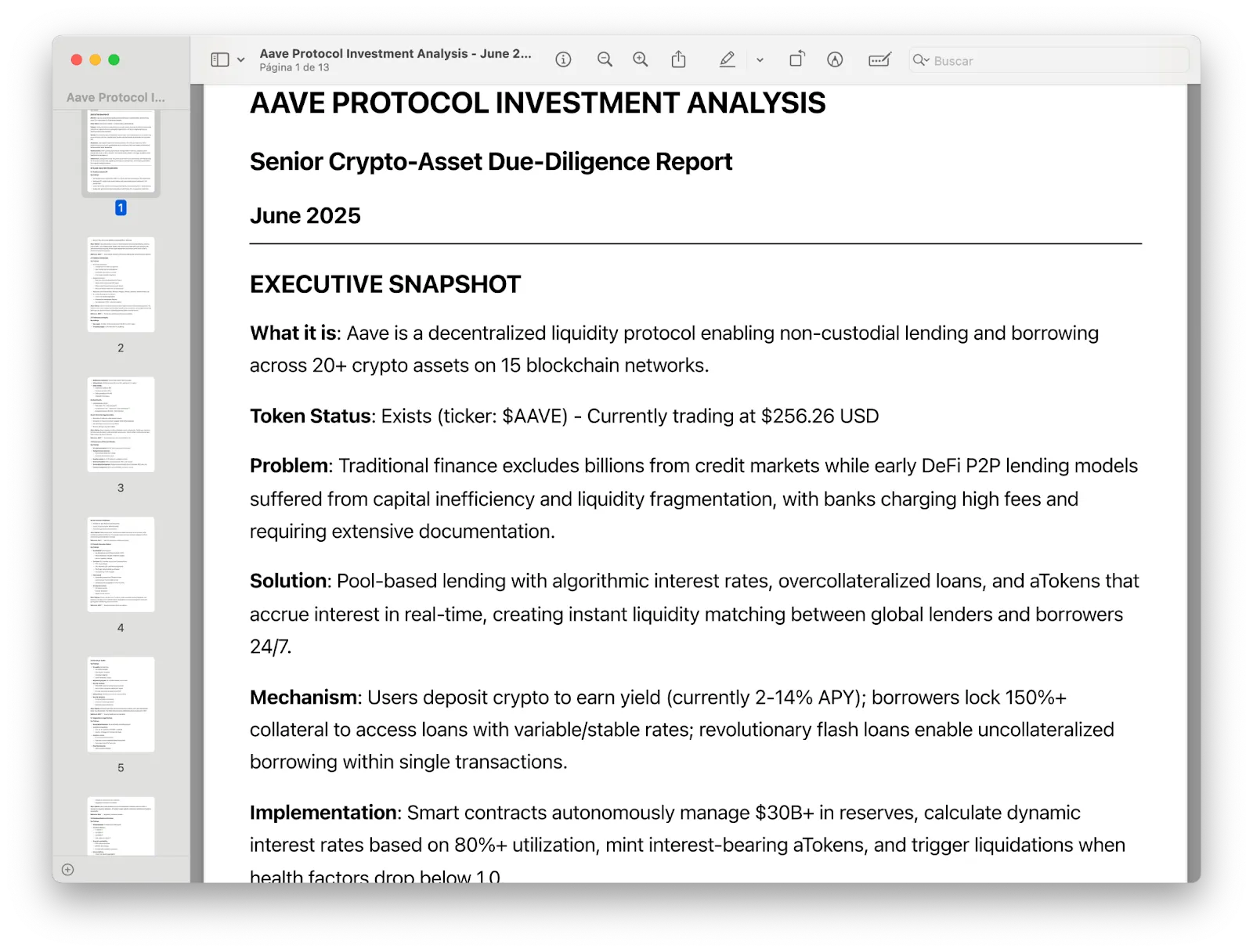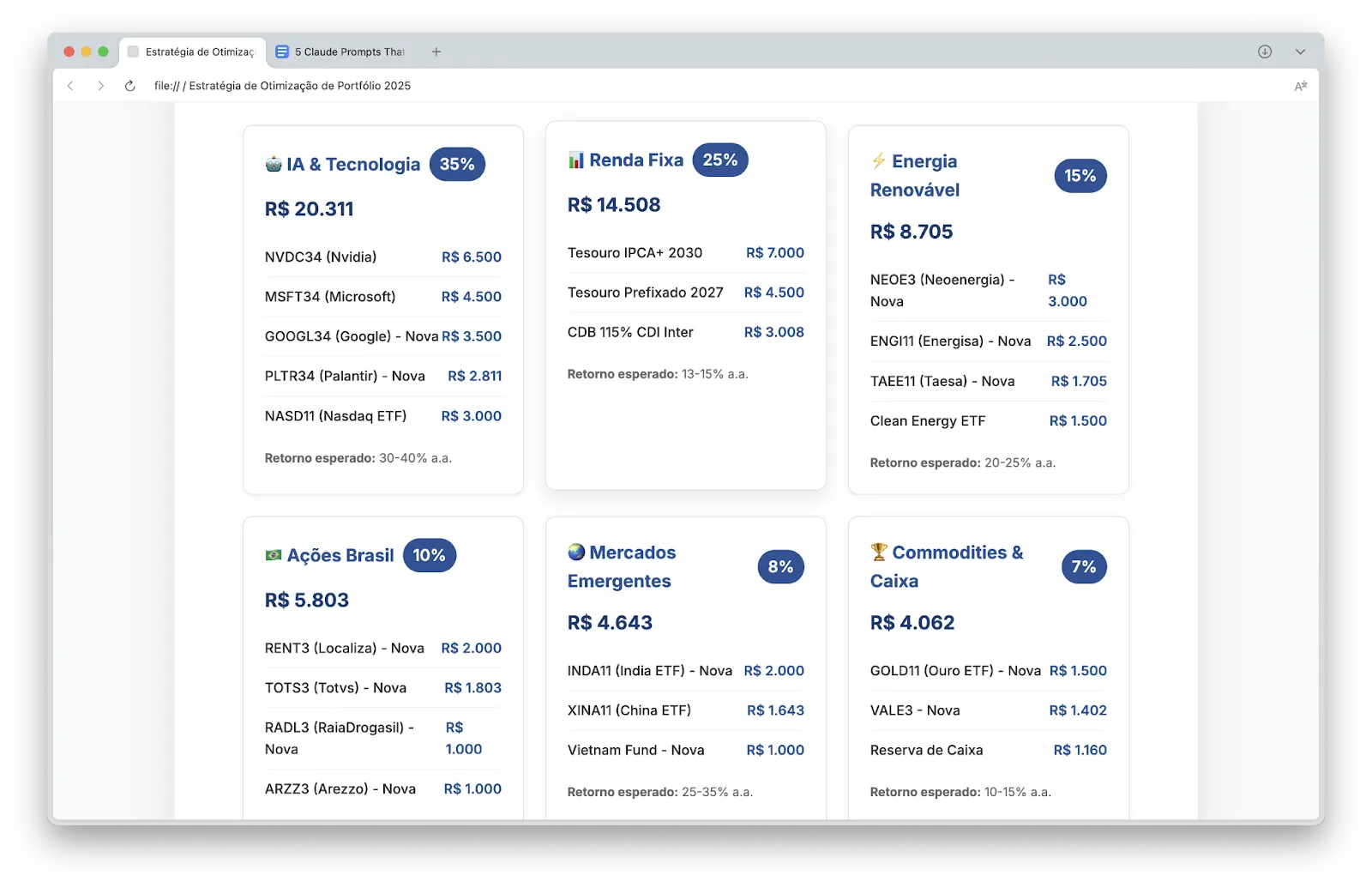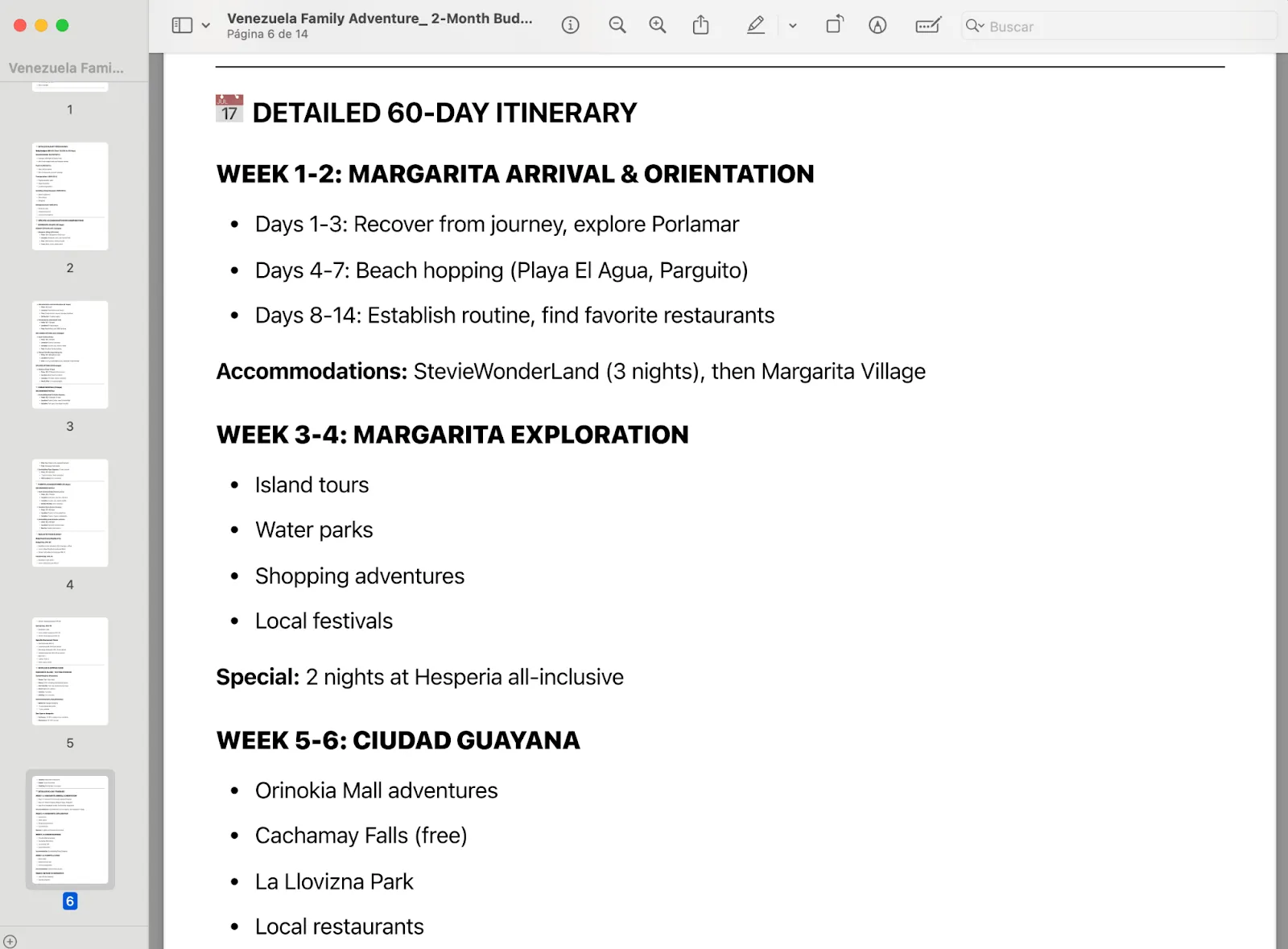When Anthropic dropped Opus 4 recently, the upgrade landed with little hype but plenty of substance: an AI that doesn’t just answer questions, but digs into them and can be super useful as a true AI Assistant. In our tests, Claude outperformed even ChatGPT at investigative tasks using the web search function, without actually activating the deep research model.
That’s why we picked it for a challenge: to see how far its reasoning goes when pushed with advanced prompts—tasks that leave most AIs flailing or hallucinating. When we adapted our prompts to the style Anthropic recommends for Claude, the results were the kind of expert-level analysis you’d expect from a professional, not a machine. (For the record, we did something similar with ChatGPT.)
As with all of the premium AI products, the difference between paying for Claude and actually getting your money’s worth comes down to prompt engineering. Many users tap into a fraction of the model’s capabilities because they treat it like Google with a personality disorder.
But with the right prompt, you can turn Claude into anything from a Wharton-educated portfolio analyst to a personal medical consultant.
You probably know that Claude is an advanced AI language model developed by Anthropic, a San Francisco–based AI safety and research company. Named after Claude Shannon, the father of information theory, it’s designed to be helpful, harmless, and honest—reflecting Anthropic’s focus on building more steerable and aligned AI systems. The site claims to have 19 million users, far smaller than the 100 million or so that OpenAI’s GPT claims.
Regardless of its smaller user base, Claude is generally praised for providing more grounded and less hallucination-prone answers than the other platforms, though everything in the AI world boils down to proper prompt engineering.
To show how useful detailed prompt engineering is, we’re sharing five particular prompt frameworks that deliver expert-level guidance across investment analysis, portfolio management, travel planning, and health optimization.
These aren’t theoretical exercises—each one has been battle-tested with real data and delivered results that would cost hundreds, sometimes even thousands through traditional channels. Try them out! They may help you go from degen to sophisticated crypto investor, or from tinfoil hat vegan to niche biohacker if you deal with them correctly.
(As you can see in the screenshot below, the prompts are too long to include in our article. But all of them are in our Github Repository, where you can copy and paste them into your chat. Make sure to choose Claude 4 Opus and enable web search and extended thinking. However, these will work with ChatGPT too.)

Obligatory caution: none of these outputs should be taken as financial, health, or travel advice. Do your own research, and even better, consult with a certified, warm-blooded human professional before making any decisions.
The Crypto White Paper Analyst

Prompt: https://github.com/jaldps/ai-tests/blob/main/Prompts/Whitepaper%20Analyst
Wall Street firms charge for the kind of cryptanalysis this prompt delivers for free. The White Paper Analyst tears through any crypto project documentation and spits out a comprehensive investment report that looks like it came from Goldman Sachs’s research desk.
The framework dissects projects across different analytical axes, from tokenomics to on-chain data. When tested with Aave’s white paper (the first white paper we found), it pulled data from over 60 sources including DeFi Llama and CoinMarketCap, producing heat maps, risk matrices, and competitive benchmarking.
The system delivered risk-scored sections, historical performance context, and an executive investment thesis complete with allocation strategies. Users can iterate on reports, requesting deeper analysis or scenario modeling for specific protocol features.
Here is one of its reports in PDF format.
The Degen Portfolio Analyzer

Prompt: https://github.com/jaldps/ai-tests/blob/main/Prompts/Senior%20Crypto%20Portfolio%20Risk%20Analyst
This Senior Crypto Portfolio Risk Analyst prompt delivers personalized, color-coded risk assessments that adapt to whether you’re a degenerate trader or a conservative investor.
The system starts by collecting details about experience level, risk appetite, and investment timeline. The framework integrates fundamental, sentiment, and technical analysis while collecting user experience, risk tolerance, and investment timeline data.
Testing with a hypothetical growth-oriented portfolio produced interesting results. The output included detailed stress tests mapping best, worst, and probable outcomes alongside personalized exit triggers and rebalancing strategies.
The analysis used real-time market data, project white papers, and on-chain metrics to assess volatility and fundamental strengths.
Here is one of its reports in PDF format.
The Personal Finance Advisor

Prompt: https://github.com/jaldps/ai-tests/blob/main/Prompts/Portfolio%20Analyst%20and%20Financial%20Advisor
Major investment firms charge hefty fees for portfolio optimization. This Financial Advisor prompt’s goal is to deliver institutional-grade analysis using the same methodologies.
I tested it using a portfolio that was heavily weighted toward Brazilian equities and included several positions recommended by the renowned bank BTG Pactual. The analysis revealed risks from concentrated exposure and currency mismatches due to BDRs—these are Brazilian depositary receipts, which represent foreign stocks but are traded in the local market.
Claude identified these issues and generated detailed rebalancing recommendations, including target percentage allocations, implementation timelines, and specific risk management strategies.
The analysis included stress testing against market crashes, inflation shocks, and recession scenarios. Recommendations spanned equity reduction, fixed income increases (in Brazil, interest rates are set at around 14.75% per year!), currency hedging, and international diversification across AI, renewable energy, and emerging market sectors.
It even suggested a small cap stock that has been performing well in 2025 and is relatively unknown, and not mentioned in most of the briefings released by the major financial advisors.
The analysis factored in fixed income lockups and mapped strict risk management protocols, including position limits and stop-losses. It referenced current price feeds and official fund documentation for every recommendation.
Here is one of its reports in HTML format.
The Vacation Planner

Prompt: https://github.com/jaldps/ai-tests/blob/main/Prompts/Travel%20Planner
Travel agents will charge you a fee for what this Advanced Travel Planner delivers in minutes. The prompt was tested with an extreme challenge: plan two, separate 60-day (I wish!) Venezuela itineraries for a family of three—one on a $2,500 budget and the other for $5,000.
The ultra-budget version focused on safety and basic comfort while still including beach days, nature parks, home-cooked meals, and family activities. Every recommendation came with money-stretching tips, from negotiating long-stay rates to navigating currency issues.
The 15-page, $5,000 itinerary transforms the experience: better accommodations, frequent restaurant meals, more reliable transportation, and enough left for real emergency planning. Both versions included curated hotel picks by tier, authentic food suggestions, and booking checklists designed for real-world use.
As a Venezuelan, I can attest that the information was accurate and would fit with what I would do on a trip to my country. Usually, it is hard to find updated information on Venezuela due to the financial restrictions and sanctions, but the model provided accurate information, tips, and rates even under these conditions.
The model’s research covered current prices, emergency contacts, health recommendations, and nuanced money management tips specific to Venezuela’s infrastructure challenges. Each day was mapped with appropriate pacing for families, including downtime and kid-friendly activities.
Here is the plan it generated for the $2,500 and $5,000 budget vacations.
The Medical Consultant and Biohacker

Functional medicine consultations can cost hundreds of dollars per session, and biohacking forums will make you have to deal with what sometimes feels like a cult. If you do not have the money or the patience, this could be the next-best approach. Of course, never swap human experience for an AI analysis, but this Advanced Personal Health Detective will deliver quite deep analysis from standard lab results, complete with research citations and personalized protocols.
Testing with routine laboratory results produced a comprehensive HTML report in an easy-to-understand UI, showing each result, what it means, and why we should care. The system unpacked biological implications and mapped root causes using current studies on immune regulation and mineral metabolism.
The output mirrored the structure of a high-end functional medicine consultation. It included full result tables, clinical explanations, sample meal plans, supplement recommendations with dosing, timing, and monitoring schedules.
Every recommendation paired evidence strength with safety concerns. The phased nutritional and supplement strategies referenced current clinical studies, while lifestyle optimization covered sleep, exercise, and stress management with implementation roadmaps.
Here is one of its reports.
Generally Intelligent Newsletter
A weekly AI journey narrated by Gen, a generative AI model.
https://decrypt.co/324265/5-prompts-make-anthropic-claude-ai-better-crypto-analyst-broker-doctor








